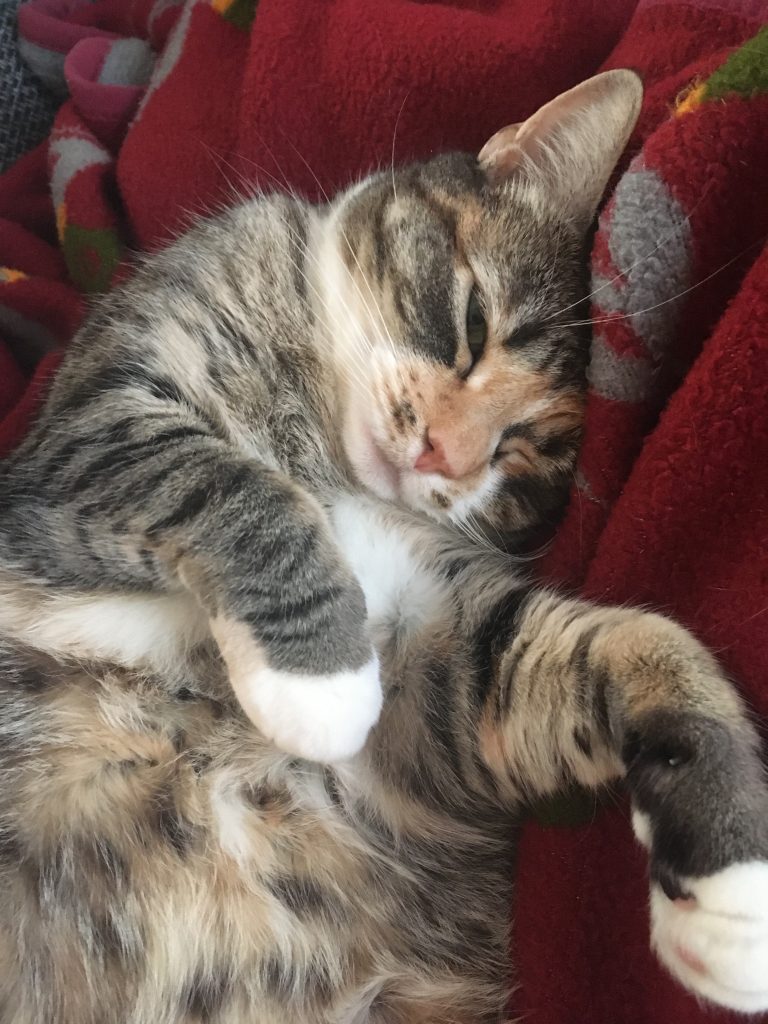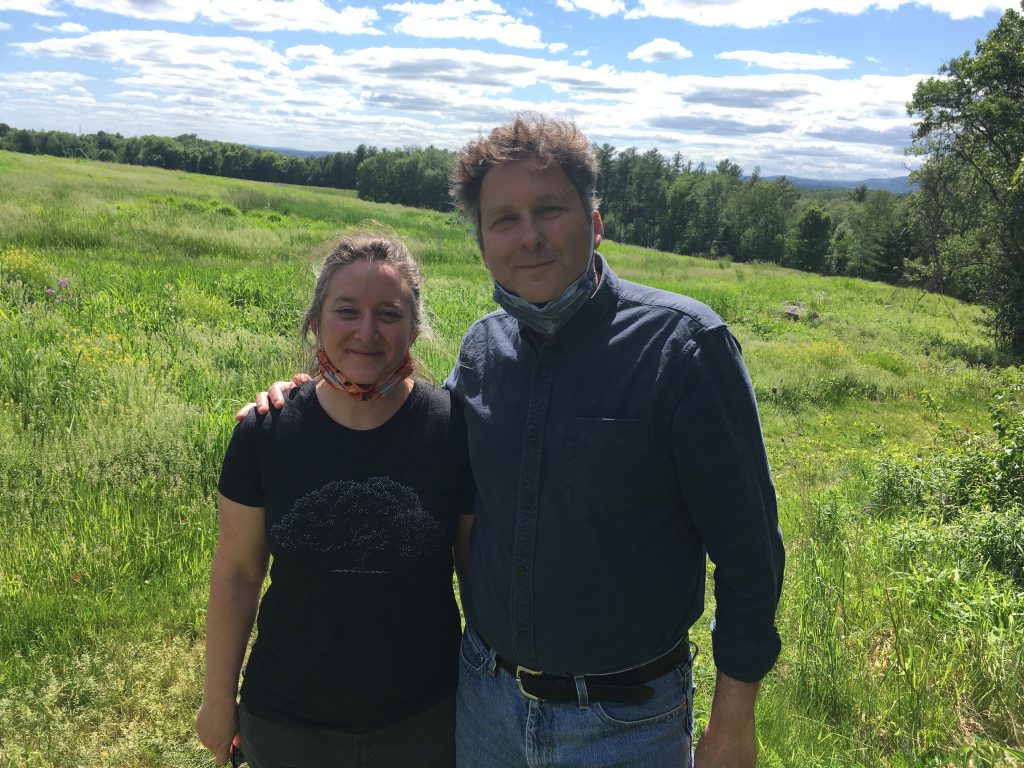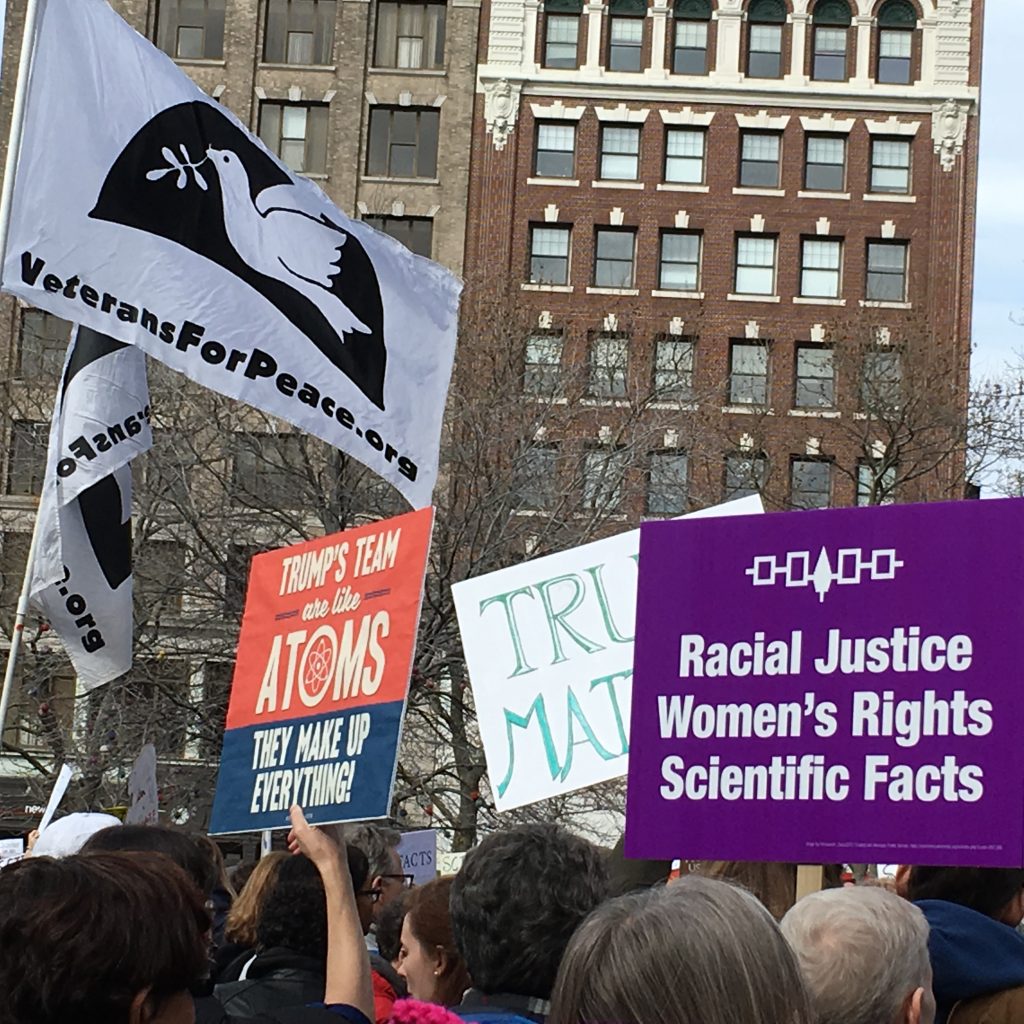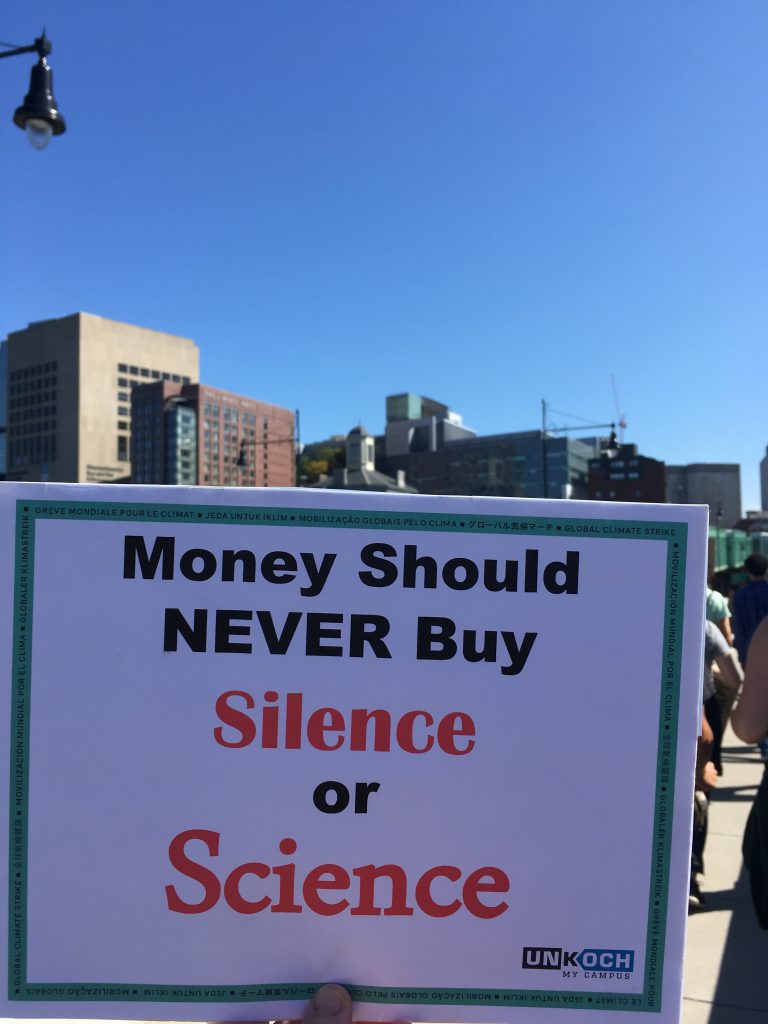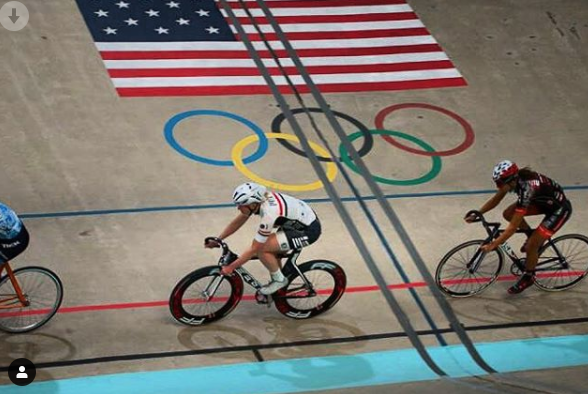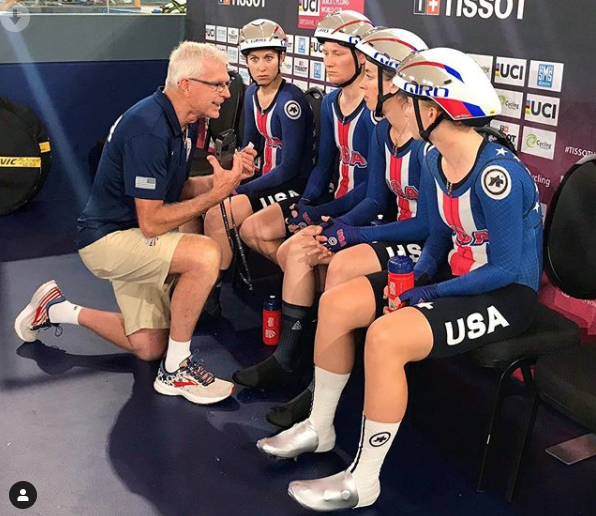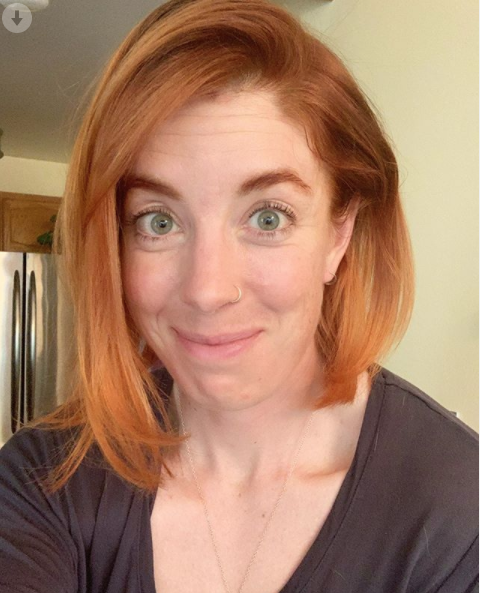Twenty Questions is a spoken parlor game of deductive reasoning that uses yes or no answers to lead players towards identifying a subject. Our twist on this game is to tell you up front the subject, a person, and let the questions (and more than yes and no answers) lead you to understand how they BElong.
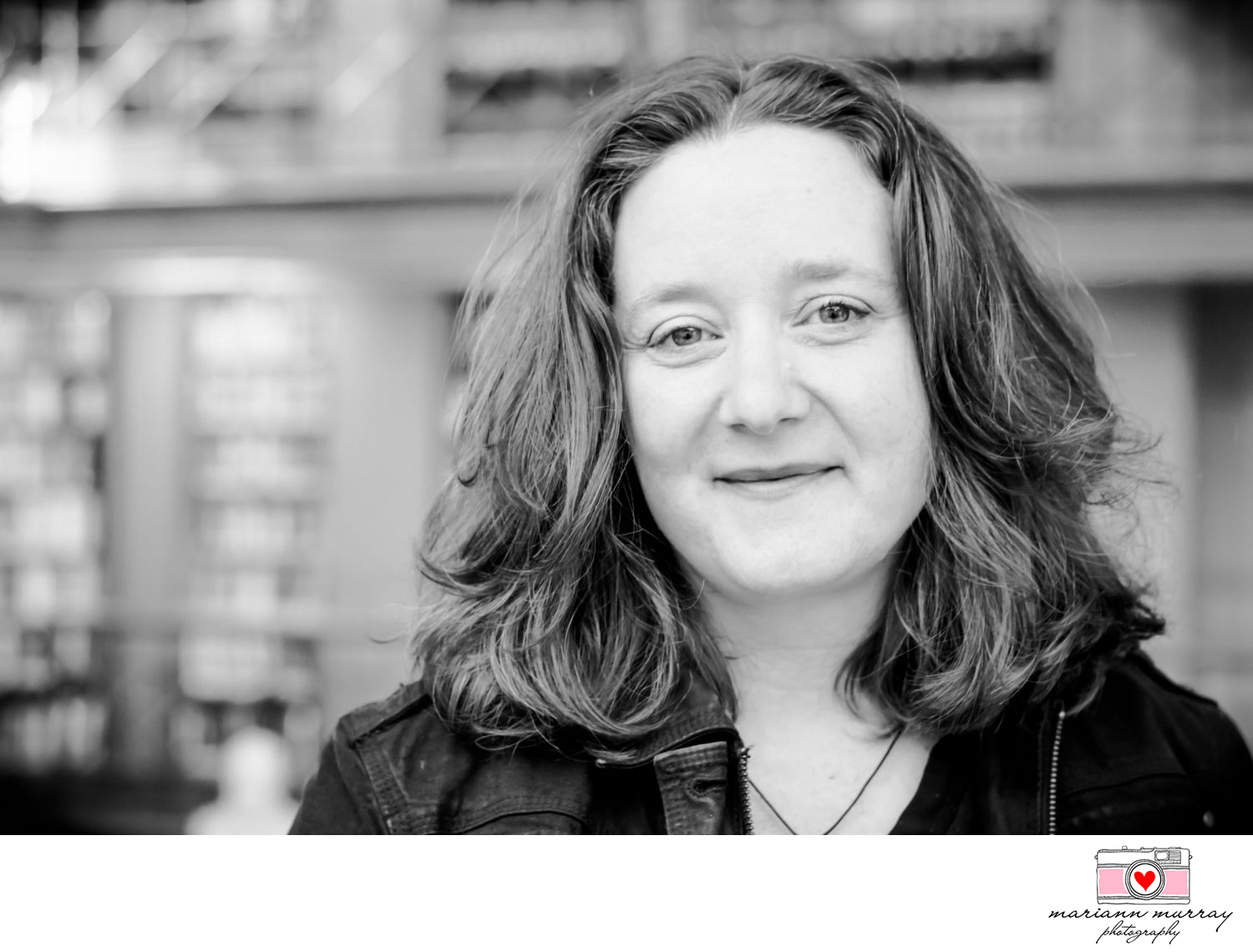
- How are you doing?
That question sparks a bit of an existential panic these days. How am I doing? All operating systems appear to be online today. Family unit is intact. Cats are still purring. I guess I’m good. Thanks. How are you? - What are you most grateful for these days?
That my three boys are old enough to understand what is happening—as much as anyone can understand it—and that we are together and can experience this all as a family. I really feel for those who have little ones to wrangle and entertain, and even more for families who are separated during such uncertainty and fear. - What’s something new you discovered about yourself these past days, weeks, months?
If something has cinnamon in it or on it or near it, I’ll eat it. - What book/books impacted you the most as an adult?
Any book—fiction or non—that exposes systemic inequality and inspires through individual curiosity, humor, and tenacity.
Non-fiction:
Ingrid Rowland’s biography of the 16th century Italian humanist Giordano Bruno
Narrative of the Life of Frederick Douglass, an American slave
Paul VanDevelder’s Coyote Warrior, a history of legal battles between the Mandan, Hidatsa and Arikara tribes and the United States
Hallucinations and The River of Consciousness by neurologist Oliver Sacks
Well-Behaved Women Seldom Make History by Laurel Thatcher Ulrich
The Gene by Siddhartha Mukherjee
We Are Amphibians: Julian and Aldous Huxley on the Future of our Species by R. Sam Deese
Novels:
Northanger Abbey, Jane Austen
A Tale of Two Cities, Charles Dickens
Slaughterhouse-Five and Cat’s Cradle, Kurt Vonnegut, Jr.
Octavia Butler’s Xenogenesis trilogy
Suzanne Collins’ Hunger Games trilogy
Flight Behavior, Barbara Kingsolver
The Water Knife, Paolo Bacigalupi
New York 2140, Kim Stanley Robinson
I have a feeling the book I’m reading right now will make the list too: The Overstory by Richard Powers. - What influenced you to choose your careers?
My mother is a visual artist and my father is an engineer, so writing was a natural result of that combination starter kit. I’ve always been drawn to dialogue, so I became a playwright and screenwriter.
Sam and I relocated to Los Angeles shortly after we got married, and the next several years were marked by highs and lows while I tried to sell my scripts to Hollywood. My experiences ranged from the comically stereotypical to the down-right disturbing. Enough said about that.
I was hit hard by the reality that the odds were against an outsider like me who wrote procedurals, action/adventure, and sci fi. At the time, a more traditional entry into that world—maybe even more so for a female writer—was to become an admin at a production company or agency to learn the business and to network. I decided against that, for the simple reason that I didn’t want my work experience to be narrow. Considering this account on the podcast Scriptnotes of the increasingly failing success rate of that route, I think I made the right call.
Leaving L.A. did not mean I gave up on my dreams. I aimed to continue to create and grow into my own distinctive voice, while working somewhere that informed my writing. I found my home at MIT, and the world here is far from narrow. - How long have you been working at MIT and BE?
I started working at MIT in 2002 and helped start up the Deshpande Center in SoE. When I had my second child in 2004, I became part-time and was welcomed into the BE admin staff. I’ve been a happy camper ever since. - What’s your favorite spot on MIT campus and why?
The Stata Center’s giant chalkboards always make me smile, especially when the students show their artistic side. They are a nice complement to the mementos of classic on-campus hacks on display: the MIT police car atop the dome and the water fountain attached to a fire hose. - You helped coordinate one of the first iGEM synthetic biology competitions at MIT. What was the most challenging and rewarding part of this process?
Every event has its challenges, and iGEM grew exponentially each year. It was a lot of work, but it gave me a front-row seat to ground-breaking research projects from teams around the world. It was inspiring to see those young people propose bioengineering solutions to some of the world’s greatest problems, while keeping a focus on biosafety and ethics.
Natalie Kuldell founded the BioBuilder Educational Foundation to further engage with high schools, middle schools, and community colleges to bridge the knowledge gap in science education, and she invited me to be a founding Board member.
The first synthetic biology unicorn Ginkgo Bioworks had its roots in iGEM, too, and I was honored to work with them during their exciting start-up period. Go Ginkgo!
All this early exposure to this evolutionary new technology inspired a writing project I’m still developing. My fiction podcast called “The Sequence” is about two teams of synthetic biologists, racing to find the rarest DNA found in nature to analyze its place in life’s history in order to be the first to synthesize it.
I pitched the idea as a TV series to Hollywood producers years ago at Vertigo, Todd Phillips’ company, and several others, but no one was receptive at the time. Just looking at the popularity and growth of the iGEM competition proves that bioengineering is by no means a new technology, but to those outside of the field, it’s still a very foreign idea—one that only generates horror movies. It’s the Frankenstein curse. If a technology has to do with biology, it must be bad.
What interests me most about bioengineering and the future of humanity is the idea of ownership and how that is evolving in our courts and corporations. That ongoing conflict is a recurring theme in my work and was the genesis for my Roan and Judge adventure novels, published by Pelekinesis Press, Right of Capture and Riven’s Path.
iGEM inspired me to write about the world of synthetic biology in a nuanced and exciting way, and that alone is a great reward. - What is the best part of your job at BE?
That’s an easy answer: the people! I’m lucky enough to have two offices, one in building 76 and one up at Tech Square, so I have an even bigger bubble of friends and colleagues in BE. - When did you first realize you wanted to be a writer?
I wrote my first story at the age of six and never stopped writing. Well, that’s not exactly true. In 2009, after the financial crisis of 2008, my husband and I had six jobs between us and three children—one of them a newborn—so for that year I didn’t write at all. No time for it. After that forced hiatus came to an end, the Roan and Judge novels started pouring out of me. - Who is your favorite fictional character that you created and why?
I recently wrote a play “Monsters in the Sewer!” about the 1976 Cambridge hearings on recombinant DNA and irrational—but commonplace—fears about biotech. Writing the character Spofford Mills, a Harvard Lampoon writer I created for the play, was the most fun I’ve had in a long time. Spoff’s outrageous interactions with Cambridge Mayor Al Vellucci the day before the hearings are intertwined with very serious encounters with scientists from both sides of the debate on rDNA research. Discovering this fictional character was the key to finally writing about this historical event, which I’ve been itching to do since Drew Endy and Natalie Kuldell first brought it to my attention nearly 15 years ago. I had interviewed Biology Prof Maurice Fox back then about his first-hand knowledge of the hearings, and that interview also led me to a key fictional plot point for the play. Prof Fox passed away earlier this spring, and I have dedicated the play to him and his wife Sally. - How did you become involved with co-creating the “Adventures in Synthetic Biology” comic book?
Drew Endy was the first professor I assisted in BE, and “Adventures in Synthetic Biology” was his brainchild. He’d never written a comic before, and neither had I, but when he asked for my guidance with the process of creative writing, I gave it. I introduced him to Chuck Wadey, an amazing artist and friend from Los Angeles, who illustrated for video games. The Synthetic Biology Working Group comprised several members of the Endy lab and other BE labs, and they provided input to the comic as well. The first synthetic biology comic was ultimately a team effort—an engineering project with multiple creatives behind it with Drew at the helm—and Chuck’s art brought it all to life in an amazing way. - What’s the best piece of advice you’ve ever received?
My mother advised that becoming defined by a particular style or genre can be limiting to an artist, because change is as key to art as it is to life. While it’s rarely the artist who sets them, limitations can still be impossible to breach. Commercial success for an artist can therefore be a curse in that way. I’d like the opportunity to challenge that theory someday. - If you could meet any person in the world (past or present), who would that person be and why?
Octavia Butler. She wrote powerful and engaging sci fi, and her prophetic vision of our future still somehow retained hope that change for good was possible. And she was successful. I would like to know how she thread that needle, staying true to herself and her characters while managing to carve out a sustainable career as a full-time writer, when so much was stacked against her. And I would love to hear what she thought about our current struggles. No doubt, she would have a lot to say that we would all need to hear. - What are your top five favorite movies of all time?
To Kill a Mockingbird
Alien
Do the Right Thing
Contact
October Sky - Where’s your favorite place in the world?
I’m going to cheat and give two places. The Old North Bridge in Concord, MA, because Sam asked me to marry him there; and My Old Kentucky Home State Park in Bardstown, KY, because that’s where we were married. - What or who inspires you the most?
Immigrants inspire me, now more than ever. Sam and I moved cross country a couple of times, once as newlyweds and once with a one-year-old and a cat. Both moves left us exhausted and in debt. We know how scary it is to uproot and hope to land somewhere new to make a home, but that is nothing compared to what many immigrants face, especially if they are refugees forced to flee their homes due to environmental catastrophe, economic collapse, abuse, or war. - We added a playlist feature to BElong, do you have one you’d like to share? If not a playlist, a song you have on repeat?
Soundtracks are a huge part of my love of movies, so here is a soundtrack for my current coping mechanisms. Observe. Introspect. Laugh. Love. Repeat. - Do you have any causes you’d like to call to our attention?
Appalachian Citizens’ Law Center
“The Appalachian Citizens’ Law Center is a nonprofit law firm that fights for justice in the coalfields by representing coal miners and their families on issues of black lung and mine safety and by working with grassroots groups and individuals to protect the land and people from misuse and degradation caused by extractive industries.”
Native American Rights Foundation
“Since 1970, NARF (a 501c(3) nonprofit) has provided specialized legal assistance to Native American tribes, organizations, and individuals nationwide.”
Grand Canyon Trust: Bears Ears National Monument
“When President Obama designated Bears Ears National Monument in December 2016, protection for the region was long overdue. Monument protection for southeast Utah had been considered since the 1930s, but it took the coordination, persistence, and sovereign status of five Native nations for the Bears Ears Inter-Tribal Coalition to ultimately gain protections for 1.35 million acres of their ancestral homelands.
Less than a year later, President Trump ignored overwhelming public support for Bears Ears and slashed the monument by 85 percent. We’re challenging his reductions in court and are committed to restoring Bears Ears National Monument’s original boundaries.” - Can you suggest another BE community member to ask the 20 questions?
I’d like to know more about just about everybody! BE is an outstanding group.
That’s the great thing about people: each of us has a story to tell.
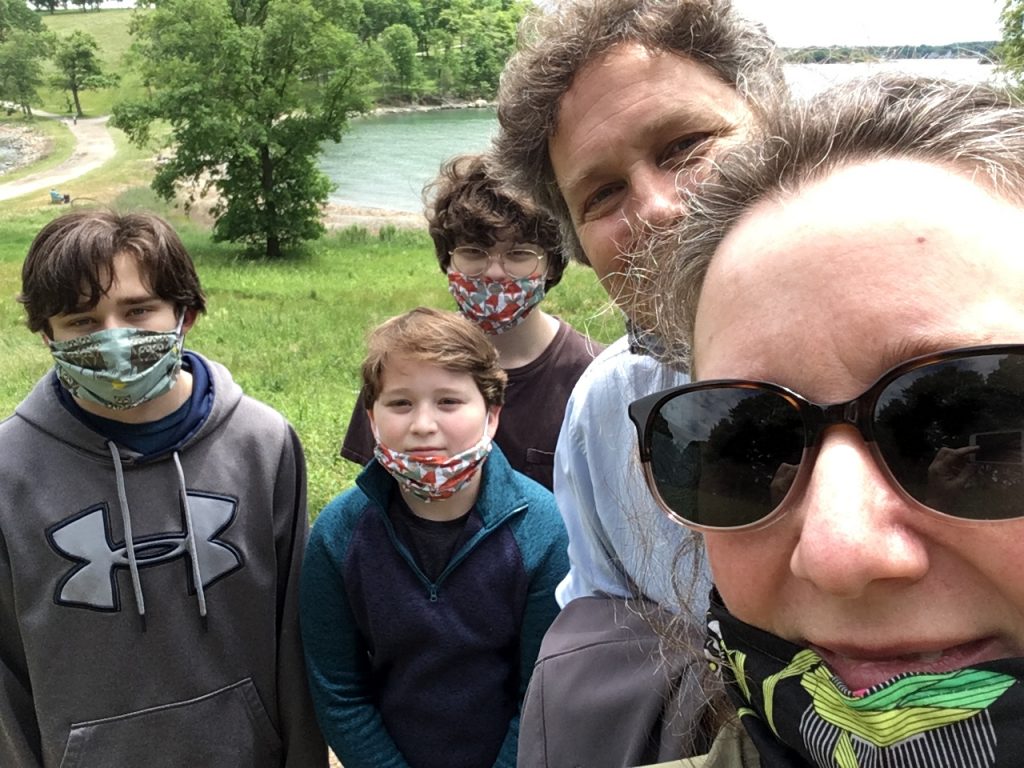
Isadora is Administrative Assistant II to Professors White, Voigt, and Birnbaum. These 20 Questions were prepared by Irina Singh, the BE Human Resources Coordinator. The headshot of Isadora was taken by photographer Mariann Murray who is Administrative Assistant II to Professors Irvine, Manalis, and Wittrup.
The BElong team is grateful for Irina’s thoughtful questions and Isadora’s candid answers. We are all lining up eagerly to await the arrival of Isadora’s podcast, “The Sequence”!
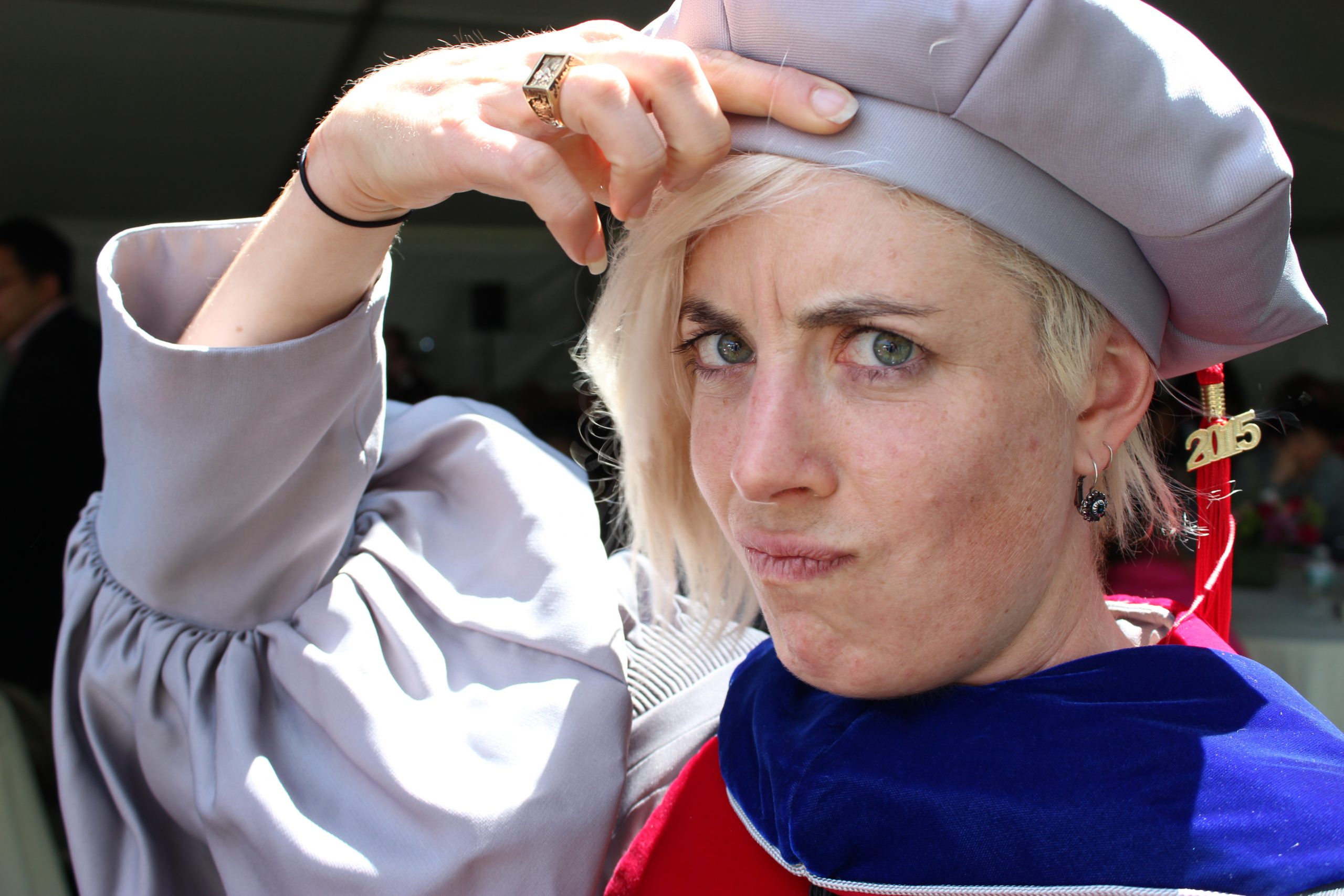
- How you doing? Ok I hope.
I am doing [insert: different ends of the spectrum on different days]. - Where are you spending these days, besides on a roller?
Normally, I spend my time in LA (where I live and train) or at the Olympic Training Center in Colorado Springs (where I have resident status). With final Olympic selections on hold for another 12 months, I decided to leave the OTC and LA for a bit. I’m currently in Arizona, helping my dad repair the house I grew up in, and I’ll be in Montana on our family’s ranch in time for haying season this summer. - After your PhD you did some teaching iirc. What did you take from that experience?
After graduating in 2015, I taught bioengineering at UC Riverside for a year before moving to Caltech for two years as a STEM Writing Specialist (think: MIT Comm Lab) and lecturer in engineering. I absolutely loved teaching, but that first year at UCR was one of the hardest in my professional life! I think everyone should be a teacher at some point… get personally invested in helping others learn and grow. At UCR, I taught nine classes (all while training) which was a bit ambitious. I developed almost all of my own teaching materials de novo, designed new courses, managed senior design groups, answered student knocks on my door at 10pm, and even had to teach myself material so I could teach a class! (Remember “Fields, Forces, and Flows?” I thought I had gotten out of having to take that class at MIT, but I ended up teaching myself the material so I could teach the undergraduate version!) My UCR students seemed to have a bit of an “underdog” attitude; I pushed them hard and tried to give them the encouragement and support needed. All my students succeeded against their individual struggles in the course, and I got to see their confidence and satisfaction grow. Feeling like I had a small part in empowering my students with critical thinking skills or self-efficacy is, hands-down, the most rewarding thing I have done in life. - So, Tokyo 2020 becomes Tokyo 2021. As a scientist, did you see that coming?
Yes, starting in February, I strongly suspected the Olympics would not be held in 2020. Ironically, I had just watched the Netflix “Explained” episode on “The Next Pandemic” back in December on my return flight from the Brisbane World Cup. I had done some additional reading about the public health response in China during the SARS outbreak and the lessons they learned from it. When I read about what people then called “drastic” measures they were taking in Wuhan, early this year, I thought, “Oh boy, this is going to be big.” Of course, as an athlete, you have to keep preparing as if nothing will change until it’s completely official. My training from February until mid-March was incredibly intense, and I set new personal bests, all while watching the news of COVID spread suspecting the worst. - As an athlete, how did you and your teammates take the news?
The USA is currently the best in the world in the Team Pursuit (one of three Olympic events for endurance track athletes), so I think everyone took it more-or-less in stride. The goal to be the fastest hasn’t changed, just the competition date. Personally, however, I was a bit shell-shocked, even though I did see the postponement coming. I needed time to process what Olympic postponement meant and to grieve the loss of what 2020 was supposed to be. Elite athletes experience intense emotional let-down after a big event, in part because there is huge build-up toward it. I had prepared myself for a final sprint toward May 1st when the final Olympic team was going to be announced (I am on the Olympic Long Team). Now, mid-sprint, I learned that I was actually at mile two of a marathon. I’d put myself through so much the last few years, and then it just… stopped. It was really discombobulating. - What role are your coaches and trainers currently taking in the wake of this change?
I have three coaches: two personal coaches (Ben Sharp for cycling and Chris Dellasega for strength work) and one team coach (who is in charge of the National Team riders when we train and compete together). When I’m at the OTC, the National Team coach writes our training schedule. At home, Ben and Chris work together to make sure I’m preparing well for my next selection camp or event. Right now, they’ve both had to take on a little more of an emotionally supportive role, helping me set concrete, achievable goals in the short term so I can stay focused and not be overwhelmed by 12 more months of training at such an intense level. I am so incredibly lucky to be able to work with both of them… I really don’t know what I’d do without their support. - What’s your most recent workout?
Bike Workout: “Attack Intervals” 8x 45-second, all-out sprints, absolutely full-stick as hard as you can go, with 4 minutes recovery. Bonus if you throw up. This is followed by 3x 15 minutes of ramp-to-threshold efforts.
Gym Workout: Lower body day (A) 5×8 Squats (my 1RM is just under 200 lbs), 5×8 Hamstring curls w/ Swiss ball; (B) 4×8 Split Squats, 4×8 Single-leg Hamstring Curls w/ Swiss ball; (C) Calf Raise 3×15, Anterior Tibialis Raise 3×15. - What’s the most recent post-workout meal?
My favorite is whey protein mixed into a mushed banana. Sometimes with chocolate chips! - What’s the first cheat day dining out meal gonna look like when that becomes a thing again?
I will make a batch of chocolate chip cookie dough, freeze it in ice cube trays, and eat them 2-3 at a time. If I were still in Boston, I’d go get BBQ from Redbones! - What’s something new you discovered about yourself these past days, weeks, months?
Over the past couple years, I have gone out of my way to be “easy to deal with” in certain professional situations. Unfortunately, this has slowly evolved into making myself “smaller” and not fighting for what I want or deserve. I’ve been really cognizant the past 5-6 months to be more outspoken and not let people take advantage of my desire to avoid conflict. It’s really hard to do, especially in an arena where subjectivity and personal connections play such a strong role. I have felt more empowered since changing my behavior, and I owe it to all the women in my life to continue to stand up and be heard. - We added a playlist feature to BElong, do you have one you’d like to share? If not a playlist, a song you have on repeat?
I have lists upon lists of playlists! (Long ones, too!) I’ll have to give you a couple:
(1st) “Escape Velocity” – This my training/racing playlist for when I’m either on the trainer warming up for a race or out doing intervals. This is a real pump-up / productivity list.
(2nd) “A Different Kind of 🔪” – This is my feels playlist! Softer, good for travel days, long flights, or pensive times. - What do you miss about MIT BE?
I miss BE’s tight-knit community! MIT BE is such a smooth-running machine, a great size to be able to mutate, test, and iterate very efficiently without affecting the overall stability and success of the department. Having seen larger (UCR) and smaller (Caltech) models, I’m convinced MIT, and BE in particular, is a Goldilocks kind of place. - During that time (grad school), who were your inspirations?
I have always been impressed by my lab-mates, Steve Goldfless, Brian Belmont, and Jeff Wagner. They joined the Niles lab in its first year (I joined year following) and helped get the lab off the ground. They are smart, resourceful, creative, and incredibly energy efficient.
I also fan-girled Linda Griffith a bit! I never got to know her that well, but I am friends with her on Facebook and love watching this powerful tornado of a woman take on leading an incredibly successful research group, founding new directions of research, running 10ks, gardening, and even beekeeping, if memory serves. I also aspire to explore many different directions/activities and I enjoy striving to do them well. - Who are they (your inspirations) now?
Kristina Vogel: the “Queen Bee,” a multi-time Olympic medalist and World Champion German sprinter. She was paralyzed in a training crash in 2018 and has been very public about her path toward learning to live her new life and has done so with incredibly positivity. She is a real testament to how much optimism you can bring into the world, regardless of your situation. - Any other shout-outs?
Virtual high-five to Diana Chien! It’s been great following along with the MIT Comm Lab through their alumni emails. I am ecstatic watching the success of that program under her leadership and with the involvement so many others from our founding cohort. - Do you have any causes you’d like to call to our attention?
There are many great causes out there that are related to the current pandemic (making and donating masks, for one), and it’s timely to support them now. I also care about supporting animal shelters (I often de-stress by going to pet critters at my local Humane Society), and the development of women’s cycling (MIT Cycling is a club that does a fantastic job of equally supporting all its members, from commuters to racers). And then also making sure to vote in November to support an administration that respects and partners with scientists. - Do you have any questions for me?
First question: If one were going to move back to the Boston area, where are the happenin’ neighborhoods now? I used to live in Union Square and I miss Market Basket and the coffee shop and bakery down the street!
[editor’s note: You’ll be surprised how much Union Square has changed and encouraged by the prevalence of bike lanes. As for happenin’ neighborhoods, I’m a bit out of touch there, but would guess Allston retains top spot.]
Second question: What project have you been working on in quarantine, or what new skill have you recently picked up?
[editor’s note: Most of the new skills I’ve picked up pertain to remote IT support, so I won’t bore you with those. A project I’ve poured myself into is my radio show on WBMR, sewersounds. When Walker Memorial was shuttered, the station shifted to have DJs produce shows from home and upload them to a playback system. It’s provided a welcomed and enriching distraction.] - A question from my daughter, Amelia. “What color is your hair rn?”
It was recently copper-colored, but I’d be happy to dye it a color of your daughter’s choosing, so long as I can find the color on Amazon! (I’ll send pictures.)
[editor’s note: She chose teal. Sorry! She’s on a real teal tear atm.] - Can you suggest another BE community member for me to ask them 20 questions?
My lab-mate, Jim Abshire! Or another one of my classmates, Brandon Russell!
[editor’s note: Guys, we’re coming for you!] - What’s new?
I’m working on getting back to my engineering roots, to better practically apply of all the skills I’ve gained at MIT and beyond.

Christina Birch received her PhD from the Department of Biological Engineering in June 2015. Her thesis as part of the Niles Laboratory is “Identification of malaria parasite-infected red blood cell surface aptamers by inertial microfluidic SELEX (I-SELEX).“
BElong is immensely grateful for her thoughtful and candid answers here. We wish her the very best on all fronts, especially during haying season. *wink*
